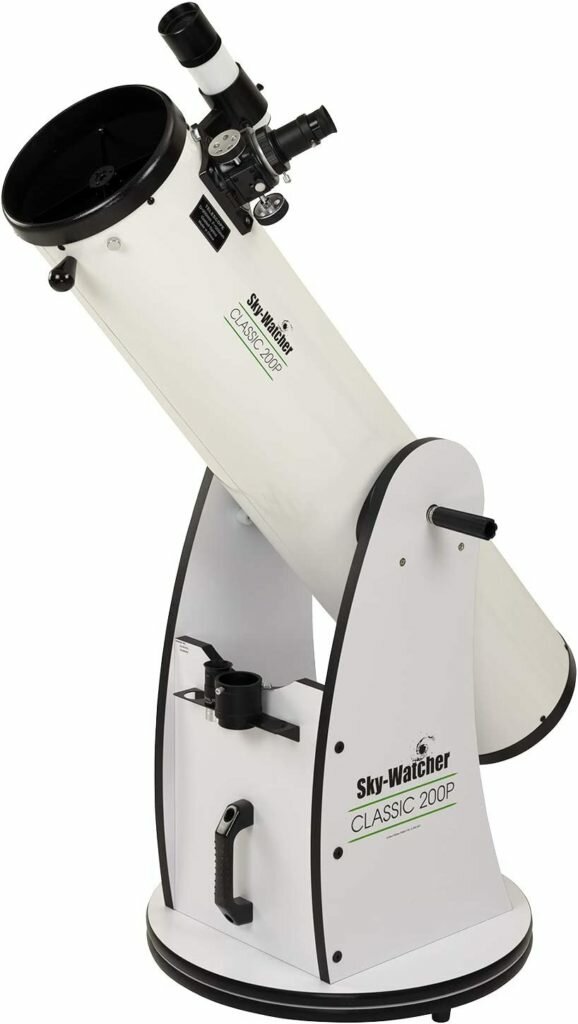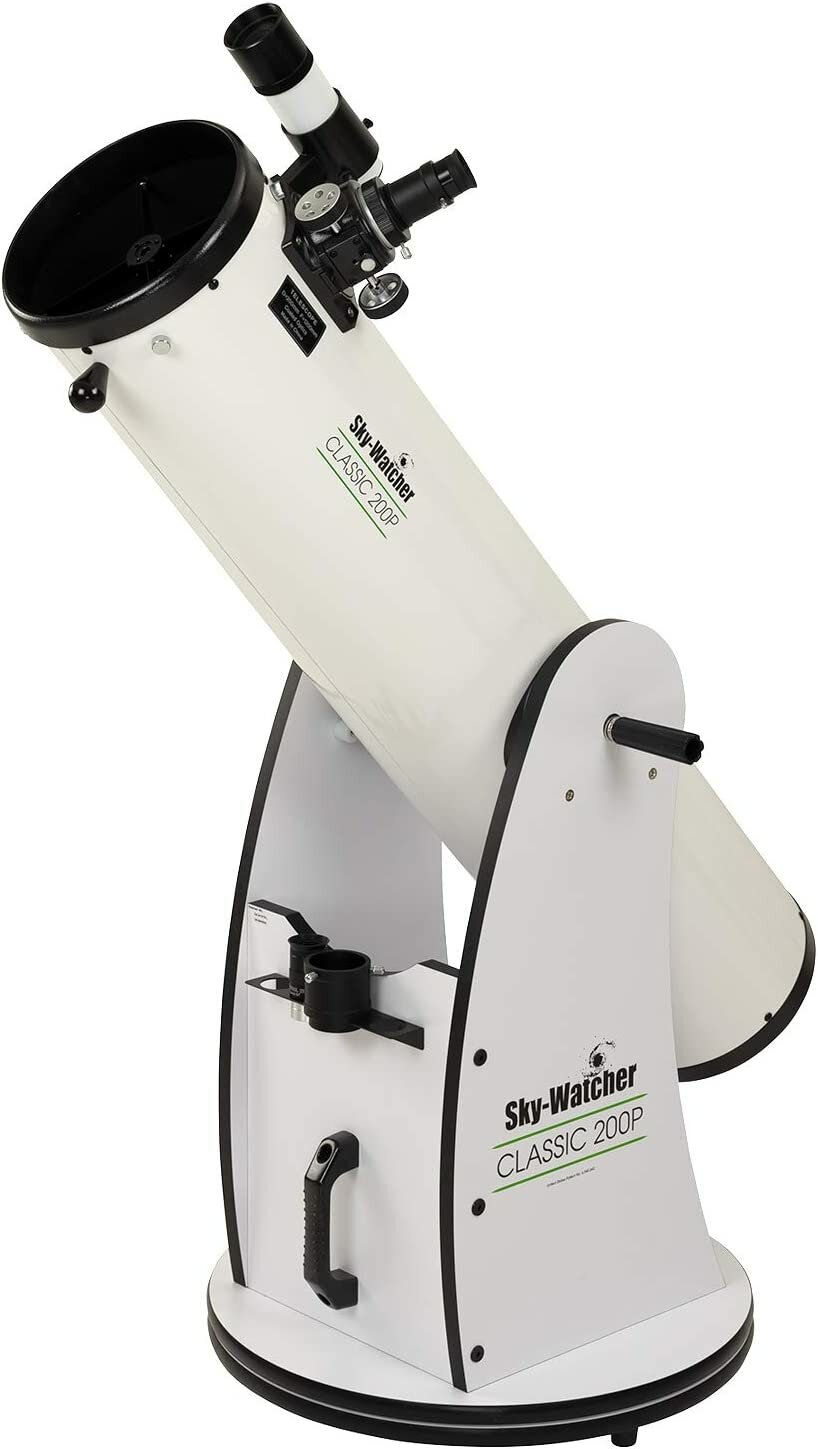You'll need the best entry level telescope if you're considering taking up amateur astronomy. To choose the top entry-level telescopes, we glanced at the sky and checked a number of product listings.
To choose the top entry-level telescopes, we glanced at the sky and checked a number of product listings.
Investing in a telescope is a crucial first step toward developing a better understanding for the night sky and the wonders it contains. The easiest and most rewarding telescope for newbies is one that leads you through the experience of becoming familiar with the night sky. It is simple to get carried away with an optical equipment that is perhaps too difficult for a novice to learn early on.
Make a decision as to what you want the telescope for before choosing the best beginner telescopes. For instance, would you prefer to explore outer space or are you content to only watch the Moon? Next, decide on a spending limit so you may filter your options and concentrate on the greatest decision that is still within your means.
Sky Watcher Classic 200 Dobsonian - Best entry level telescope


Dobsonian, or large cannon-shaped, telescopes are what the Sky Watcher Classic is. Don't be deterred by the size. Your first astronomy instrument should be a Dobsonian telescope. You'll be able to observe the stars shortly after taking it out of the package. This telescope can gather a lot of light since the big optical tube permits a wide aperture and mirror. That's helpful if you want to see the moon and planets clearly. This entry-level Dobsonian telescope is the greatest telescope for novices and a wise purchase, albeit it's not the best for astrophotography if you want to rapidly put up a telescope and gaze at something amazing.
Best Features
- Large aperture
- Proprietary tension control handles
- 94% reflective mirrors
- Teflon bearings
- Sturdy and lightweight design
- Max focal length: 1200
- 78% light gathering
Who should have this telescope?
A telescope designed for novices and a telescope intended for children are two different things. Young people are typically the target market for simpler, more durable, and less priced astronomy items. If you're not careful, they could also come out as cheap and plastic-like and dumbed down. Avoid telescopes with "Kid" in the title if your smart, curious teen is passionate about space exploration; otherwise, you risk purchasing an overpriced toy. There also is a paper towel tube if a boisterous, rough toddler shows an interest in space.
A refractor telescope is most likely the ideal telescope for younger teens. A refractor telescope is the simpler and less maintenance-intensive of the 2 kinds of scopes - refractor and reflector. When most people think of telescopes, they picture refractor models. It is a typical tube with an eyepiece at one side and a large lens at the other. The simplicity may be a significant plus, but even the greatest Refractor telescopes (for novices) are not suitable for exploring deep space.
In contrast, a reflector telescope focuses on the universe using mirrors. To work effectively, those mirrors should be perfectly positioned. Reflector telescopes become more fragile as a result.
Compound telescopes are those that combine refraction and reflection. Although they can be costly, these provide the best of both worlds. A compound telescope is a fantastic idea if the telescope is for an adult newbie
Celestron - 80mm Travel Scope


Are trees and light pollution limiting the scope in your backyard? With the help of the Celestron Travel Scope, you can pack your belongings and relocate. This telescope offers users an excellent view of the moon and planets, making it the finest top-rated telescope for novices. Even the distant Andromeda galaxy may be detected with startling clarity. Everything is kept orderly by the custom carrying case, which is great for teenagers who don't yet understand the value of appropriate storage. The telescope also has a smartphone mount, allowing users to take high-quality pictures without the use of additional adapters. Additionally, it works well for spotting local wildlife, something reflector telescopes struggle to do. Although it is not the best option for more experienced astronomers, teens or adults who are new to the pastime will love it because of the affordability and quality.
Best Features
- Powerful eyepieces for up-close viewing
- Large 80mm objective lens
- Bonus bag, smartphone adapter, tripod, and software
Not every scope is made for astrophotography
The good news is that it's never been simpler to capture stunning images of space. The bad news is that it's still difficult. Anyone who has attempted to photograph a full moon with their phone knows that what your eyes see and whatever the camera captures are very different things.
Many entry-level telescopes provide smartphone cradles and choices, and the most perform admirably. But in order to take genuinely amazing pictures, you'll need to A) do your research and B) utilise a telescope made specifically for astrophotography.
There are numerous alternatives available for mounting a camera on a telescope. Long exposure is the secret to beautiful pictures. Tracking is essential for long exposures. When you're standing here on earth, it seems as though everything else in the sky is moving. During a lengthy exposure, a star's tail will be seen in a photograph. For crystal clear images, astrophotographers rely on tracking telescopes.
